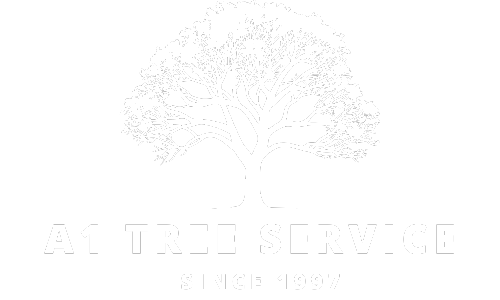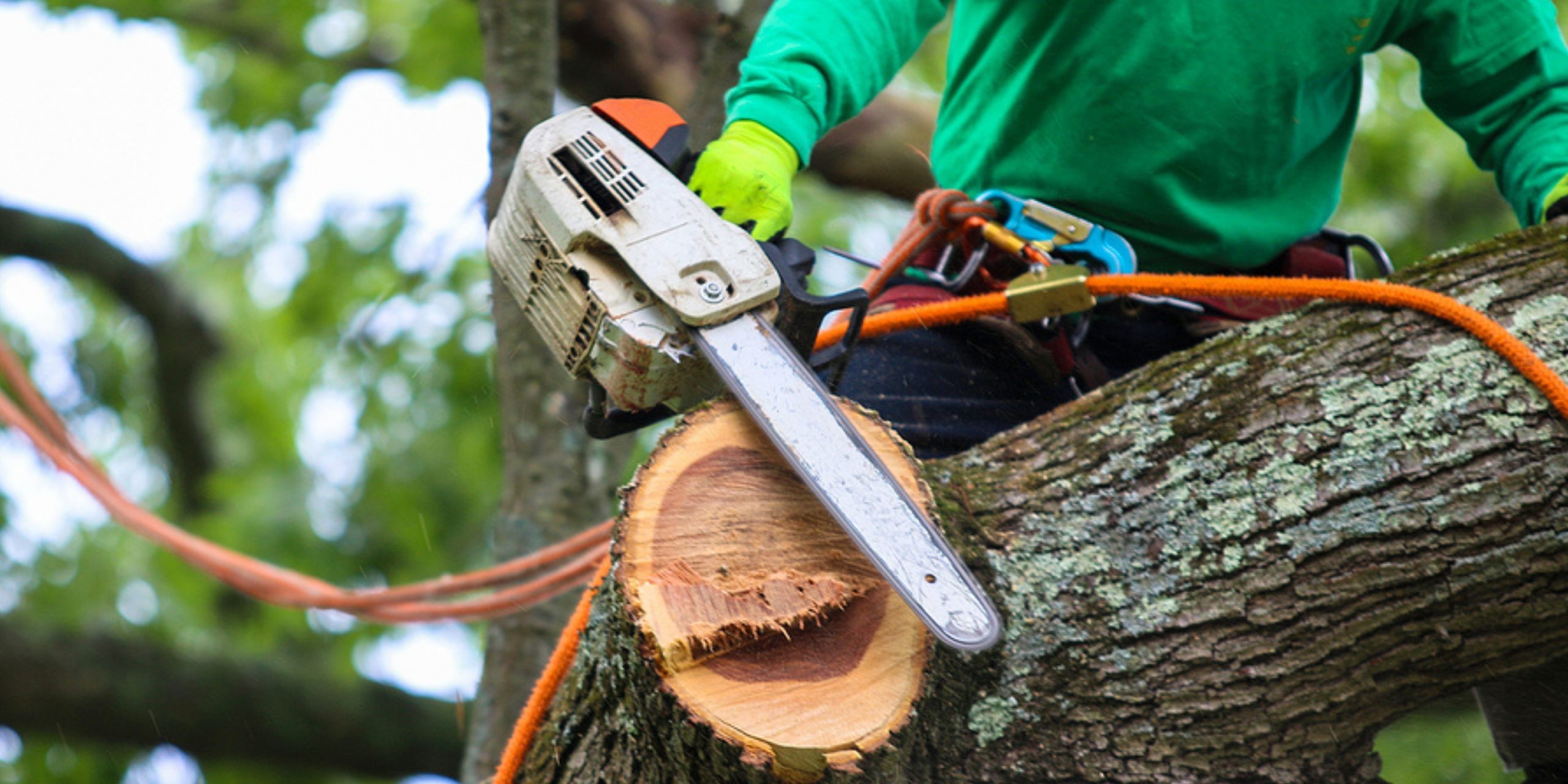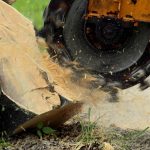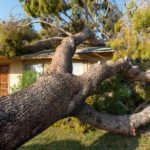Fallen trees may lead to serious property damage, automobile damage, and even safety hazard. When a tree falls, a question usually arises as to who should be responsible in clearing it. It is not always a simple answer because responsibility may vary depending on a number of factors including location, cause of fall of the fallen tree, and ownership of the property.
Factors That Influence Responsibility for Fallen Tree Removal
Liability of clearing a fallen tree may vary. Among the major factors to consider are ownership of the property, where a tree is located, and whether it was a natural occurrence or negligence. Knowing the answer to these questions can assist in clarifying whose responsibility it is to clean up and remove the tree.
Property Ownership
Property ownership can help define responsibility. Usually, the owner of the property on which the tree has fallen is the one who is supposed to clear it off, particularly where it falls on his or her land. But when the tree is on the property of a neighbor and it falls on yours, then things may get more complex.
Tree on Your Premises
If the tree falls on your land, whether owned or not, you are in most cases asked to take care of its removal. This involves clearing the mess and making sure that any destruction that is created by the tree is fixed.
Tree on a Neighbor’s Land
If a tree falls on your property, yet it was initially on the property of your neighbor, you might still have to remove the tree. Nevertheless, you may ask your neighbor to share the expenses with you in case the tree was healthy before the fall or that the fall of the tree was caused by the negligence of your neighbor.
Where the Fallen Tree is
The place where the fallen tree is located is very important in deciding who will be responsible for removing it. If, for instance, the tree falls on public land, like on the street or in the park, the liability normally lies with the local government or the municipal government.
Public Area Tree
When a tree has fallen in the area of general use, e.g., on the sidewalk, road, or in the park, it should be removed by the local government. Fallen trees in public areas are typically addressed by a special team of municipalities, including any risks that come with it.
Blocking a Roadway by a Tree
When a roadway or a street is blocked by a tree, it is the duty of the local authorities to clear it. They are supposed to clear the streets in the city so that motorists and pedestrians can be safe.
The Reason Why the Tree Falls
The reason a tree has fallen is important to know when it comes to the issue of responsibility in the removal.
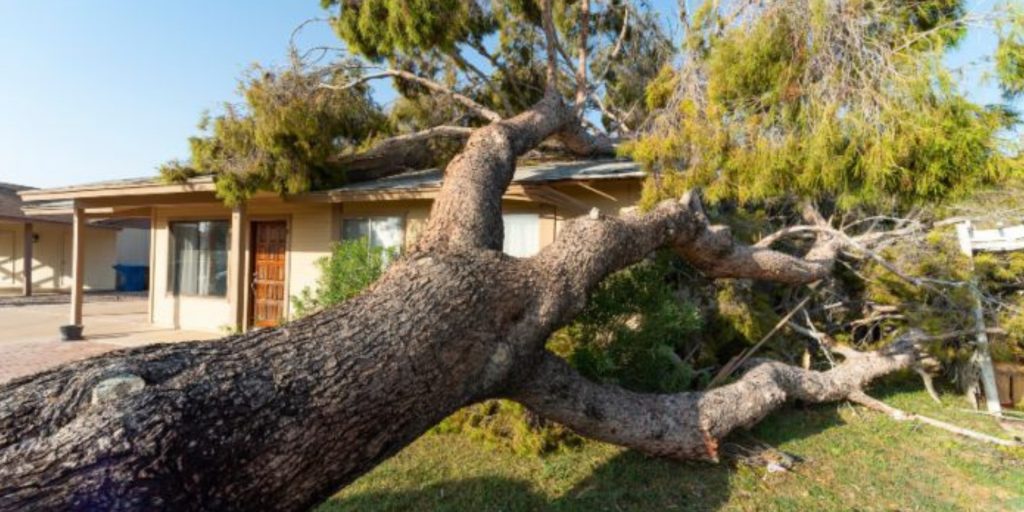
Natural Causes (Storms, High Winds, etc.)
When a tree falls because of a natural occurrence such as storm or high winds, it is usually the property owner who is responsible to have the tree removed. Though the property owner could not control the event, they still must bear responsibility for the fallen tree.
Also, when a tree falls on public land or roads, local authorities tend to take care of the cleanup.
Negligence (Disease, Decay, etc.)
If a tree falls due to disease, decay, or any other factor that was preventable through proper maintenance, then the owner of the property can be held liable. Property owners are supposed to take care of the health of their trees. When a tree is in a bad state and it falls due to negligence, the owner can be held responsible for the damages.
Homeowner’s Insurance
Homeowner’s insurance can be relevant, particularly in the case of tree removal and related losses. If a tree falls and damages your property, the insurance might assist in removing and repairing the damage depending on the situation.
Fallen Trees and Damage to Your Property
In the event that a tree falls on your house or any other section of your property, including a garage or fence, your homeowner’s insurance can cover the expenses of both repair and removal. It is recommended that you check your policy to see that it covers the removal of trees since all insurance policies might have exclusions or limitations.
Fallen Trees Without Causing Damage
When a tree falls and does not damage your property or that of a neighbor, then the homeowner’s insurance is not involved. The property owner will still be in charge of removal in this case and will have to deal with the situation independently.
Fallen Tree Removal — How to Do It
It does not matter whether you are the person who caused the fallen tree or it is the responsibility of your neighbor, it is important to know how to address the situation. Below are some of the measures that should be followed in case of a fallen tree.

Evaluate the Loss
To deal with a fallen tree, the first thing that should be done is to evaluate the damage. If the tree has done substantial damage to your property, say broken windows, damaged a roof, or knocked down a fence, photograph the situation and make a record of it. This will assist in case of insurance claims or bargaining with neighbors or local authorities.
Reach Out to Your Insurance Provider
If your property is damaged, or you are not sure who must take care of the tree removal, you can refer to your homeowner’s insurance provider. They will be able to assist you in making claims and identifying whether you should be covered for tree removal.
Notify Local Authorities
If the tree has fallen on a public roadway, sidewalk, or park, immediately contact your local government or municipality. They can arrange for the removal of the tree and any associated hazards. In cases where the tree is blocking traffic, it is important to report the issue as quickly as possible to prevent accidents or further damage.
Hire a Tree Removal Service
If you are responsible for removing the tree, or if your insurance covers the removal, hire a professional tree removal service. These experts have the equipment and knowledge to safely remove fallen trees, especially large ones. They can also assess whether the tree’s removal will require additional work, such as removing damaged branches, cutting the tree into manageable sections, or clearing debris from the site.
Communicate with Neighbors
If the tree is on a neighbor’s property but falls onto your property, communication is key. Approach your neighbor and discuss how to split the costs of tree removal. If the tree was healthy before the fall, they may be willing to share in the cost. In some cases, the two parties can negotiate a fair arrangement.
Prevent Future Tree Issues
After the fallen tree is removed, consider ways to prevent future incidents. Regular tree maintenance, such as pruning, monitoring for disease or decay, and inspecting trees for potential hazards, can help prevent a tree from falling unexpectedly. Additionally, securing trees near property lines or roads can help avoid damage to neighboring properties or public spaces.
